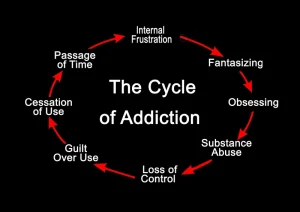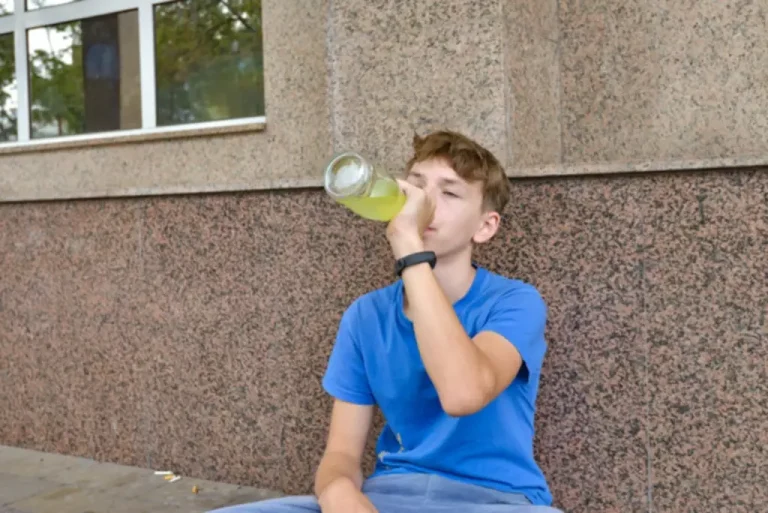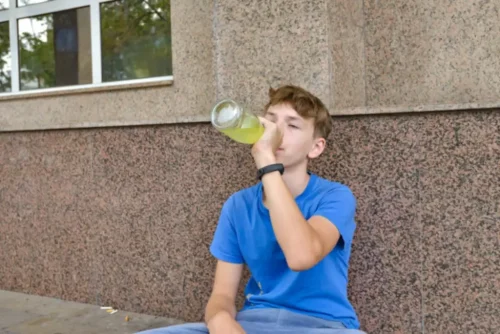
Both alcohol addiction and rhinophyma can be difficult to treat and manage by yourself, and professional help is typically recommended when treating both, especially at the same time. Once the signs of an alcoholic nose are present, it is difficult to make them go away without the use of certain treatments. In people who already have rosacea and rhinophyma, this can mean an increase in inflammation, flushing, and the further progression of these conditions.UK Replica offers a variety of 1:1 best Replica rolex GMT-Master II, high quality fake rolex GMT-Master-II.
Signs of Rhinophyma

While alcohol nose does not directly imply addiction, it can be a visible manifestation of long-term alcohol abuse for some people. If you or someone you know struggles with alcohol addiction, The Hope House can help. Although the condition worsens with excessive alcohol use, an alcoholic nose is not a sign of addiction or a drinking problem.

What are the Symptoms of Rhinophyma?

Keep reading to learn the real causes behind rhinophyma and how to put an end to the damage. Contact your doctor right away if you have any signs of infection or other concerns about how your skin is healing.

Why Do Alcoholics Have Red Noses?
Instead, rhinophyma is a severe subtype of rosacea, a skin disorder that can be exacerbated by alcohol but is not exclusively related to it. While “alcoholic nose” is not a medical condition alcoholic nose requiring treatment, rhinophyma can be treated. The main treatment option for rhinophyma is surgery; however, there are some medications that may provide a small degree of help. Surgical treatment can remove tissue overgrowth, reshape disfigured noses, and minimize the appearance of enlarged blood vessels.

Serenity Lane Provides Compassionate Addiction Treatment for Alcohol in the Pacific Northwest
- That being said, someone who already has rhinophyma may find their condition is worsened by drinking alcohol.
- Topical and oral antibiotics reduce inflammation and redness, and other topical medications minimize inflammation.
That being said, there may be some slight truth to the idea that drinking alcohol can contribute to the development of rhinophyma. Because drinking alcohol has been found to make rosacea worse in some people, it may also contribute to worsening the symptoms of rhinophyma. In the past, and even in modern times, rhinophyma was largely considered to be a side-effect of alcoholism amphetamine addiction treatment or alcohol use disorder.
- Early-stage rhinophyma symptoms are consistent with rosacea and may include facial flushing or redness.
- It is more common in men than women and typically affects people of Caucasian descent.
- If you suspect you have rosacea or rhinophyma, consult with a dermatologist to explore your treatment options and develop a management plan tailored to your needs.
- Well, alcoholic addiction can make this condition worse and can increase your risks of certain complications while you have an Alcoholic’s nose.
How PHP and IOP Offer Different Levels of Care for Addiction Recovery
- “Alcoholic nose,” or drinker’s nose, is a skin condition commonly identified by a red, bumpy, or swollen appearance of the nose and cheeks.
- Nevertheless, the idea of red-faced characters that you might expect to find in a Disney® movie’s tavern have also crossed over in a way to the real world.
- Alcohol use disorder and skin conditions like rosacea are connected because of the potential for alcohol to worsen existing skin conditions.
- While women can be diagnosed with the condition, it is found much more commonly in men.
- Some people also take oral capsules that stop skin glands from producing oil.
- Other physical effects of addiction are not visible but still dangerous.
When your nose is not bulbous or suffering from any significant disfigurement, you can usually breathe like normal through your nose. Contrary to the stereotype that rhinophyma is caused by alcohol or alcoholism, rosacea is actually the cause of rhinophyma. The symptoms will flare up for a few weeks or months and then slowly die down.
- Environmental triggers are highly individual, meaning that what affects one person may not affect another.
- While “alcoholic nose” is not a medical condition requiring treatment, rhinophyma can be treated.
- People who have rosacea may not develop an alcoholic nose until years later.
- Initially, surgical interventions were the primary method of addressing this condition.
- People can experience rhinophyma without being alcoholics or even drinking much alcohol.
